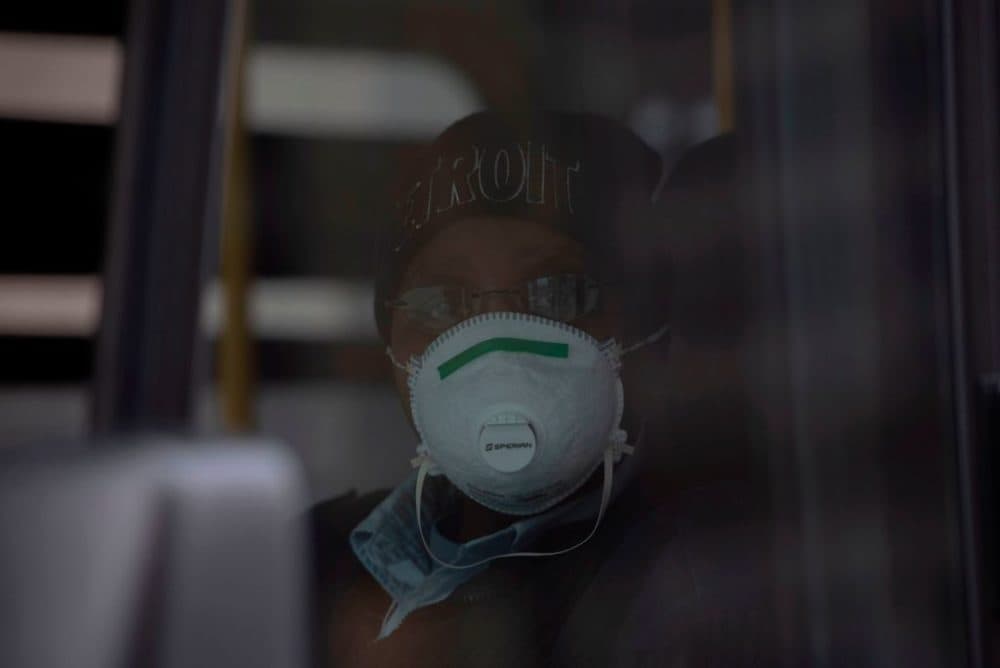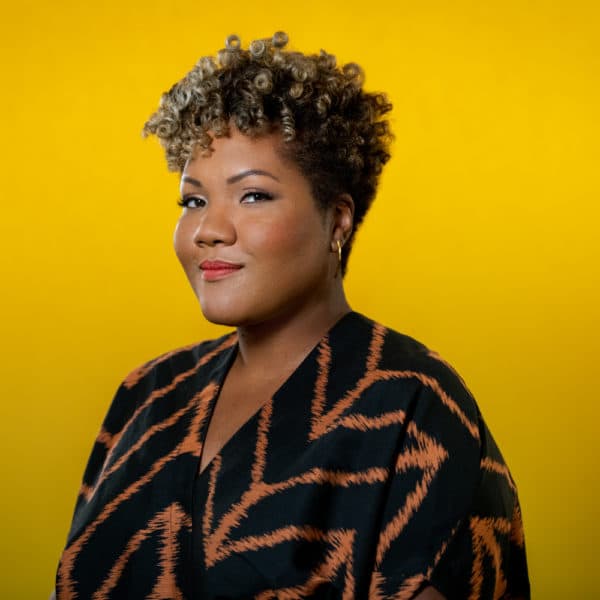Advertisement
Coronavirus Is Devastating Communities Of Color, Exposing Underlying Health Inequities
Resume
Across the country, black and brown communities are disproportionately contracting and dying from COVID-19. In Chicago, 70% of those who have died from COVID-19 are black.
In Milwaukee County — a country whose population is 26% black — 81% of their 27 COVID-19 deaths were black residents, ProPublica reports.
It's a racial pattern that's repeating in Detroit, New Orleans and in New York City, where the hardest-hit areas in the Bronx, Brooklyn and Queens are largely low-income black and Latino neighborhoods.
COVID-19 does not discriminate — everyone is susceptible to the virus. However, the coronavirus is not an “equalizer” like some have claimed.
Dr. Uché Blackstock, an urgent care doctor in clinics in Brooklyn, New York, and founder of Advancing Health Equity, has seen firsthand evidence of these racial disparities. She says there’s been a patient demographic change, both racially and socioeconomically, in Brooklyn area clinics since the pandemic began.
“We're seeing more black and brown patients. We're seeing a lot of people who are essential workers who work for the city, for the police department or the MTA, the subway and bus system,” she says. “We're seeing a lot of service workers as well.”
Blackstock argues that in addition to implicit bias within medicine, the coronavirus health crisis is about structural racism. Preexisting racialized health disparities that black people often experience, such as obesity, asthma, hypertension and diabetes, she says, are all “risk factors for developing serious complications of COVID-19.”
Black people have high uninsured rates, she says, which means a lack of adequate health care can contribute to the high rates of these chronic diseases. In addition, she says hospitals in communities of color have been “well documented to provide lower-quality care” to patients.
“When they interface with the health care system, often black and brown patients must face implicit bias on the part of providers,” she says. “So there's so many layers that are contributing to these inequities that we're seeing.”
Interview Highlights
On how the ability to get tested is impacting communities of color
“Even when the initial testing criteria came out from the [Centers for Disease Control and Prevention], it required that a patient had visited one of the areas where COVID-19 was endemic, so China or Italy, or required you to have known someone who had tested positive or been close to them. And we knew very early on that really excluded a lot of patients, especially low-income patients. And what we're slowly finding out is that coronavirus had been circulating in those communities for weeks, but had gone undetected because they weren't being tested.”
On the CDC’s lack of publicly tracking race in the coronavirus pandemic
“This is absolutely mandatory. We are in unprecedented times. We are in, essentially, a crisis. And we already see from the preliminary data in some locations that you mentioned that black people are overrepresented in terms of the COVID-19 cases and mortality. It would behoove all of the states’ Department of Health to release this data immediately. The reason why it's important [is] because we need to know, how do we equitably allocate health care resources? So which communities need more health care workers? Which communities need more ventilators? And that will enable us really to be able to care for each community in an equitable fashion.”
On her recommendations for how to advocate for your health as a person of color
“I always say to bring a family member or a close friend with you just to help advocate on your part. Now we do know that with the pandemic, visitors are not often allowed in urgent cares or in the emergency department with patients. We have technology so we can have loved ones call and speak to the doctors on your behalf if you're not feeling well. That's super important. Another thing is just to try to learn as much as possible about what's going on with this disease, know about the symptoms so that you can advocate for yourself. I will also say there is only so much that as a patient that you can do. Definitely, as I mentioned before, there are structural barriers, but at least you have those tools in your pocket to help advocate on your behalf.”
On being on the frontlines of the coronavirus
“I will admit this is probably one of the most difficult experiences of my career. I mean, I even have some mentors who've been practicing emergency medicine for 35 plus years and they've said they've never seen anything like this. For the first time ever, I have fear about going to work because I obviously don't want to catch the coronavirus. I don't want to bring it home to my family. I have two small children. I have concerns about that. I'm concerned about my loved ones. And I have concerns about my patients, just seeing my patients suffer and to know that a lot of the suffering was largely preventable is very just incredibly painful. So, you know, I'm just trying to take each day at a time and trying to find the silver lining in this crisis right now.”
Cristina Kim produced this story and edited it for broadcast with Tinku Ray. Serena McMahon adapted it for the web.
This segment aired on April 7, 2020.
